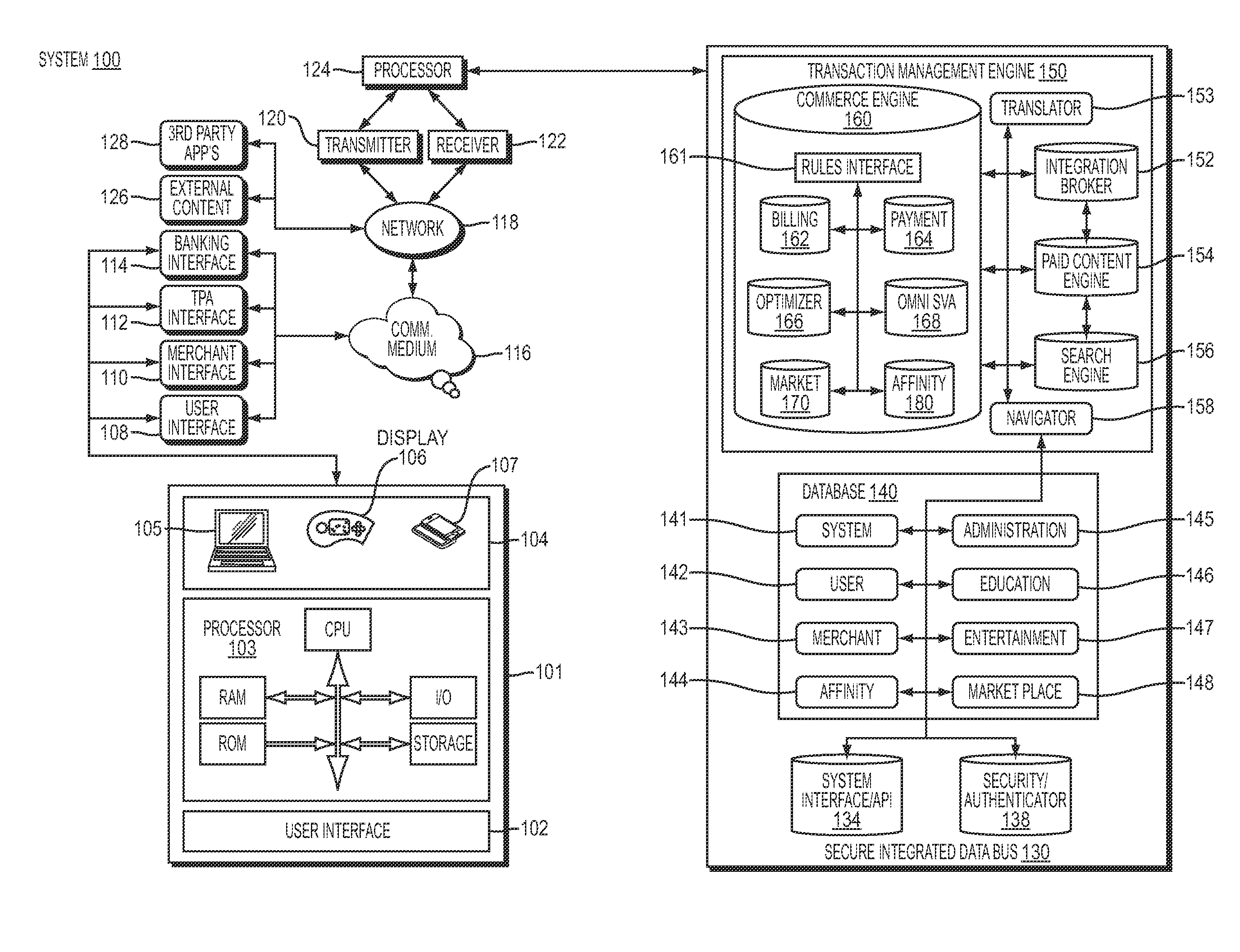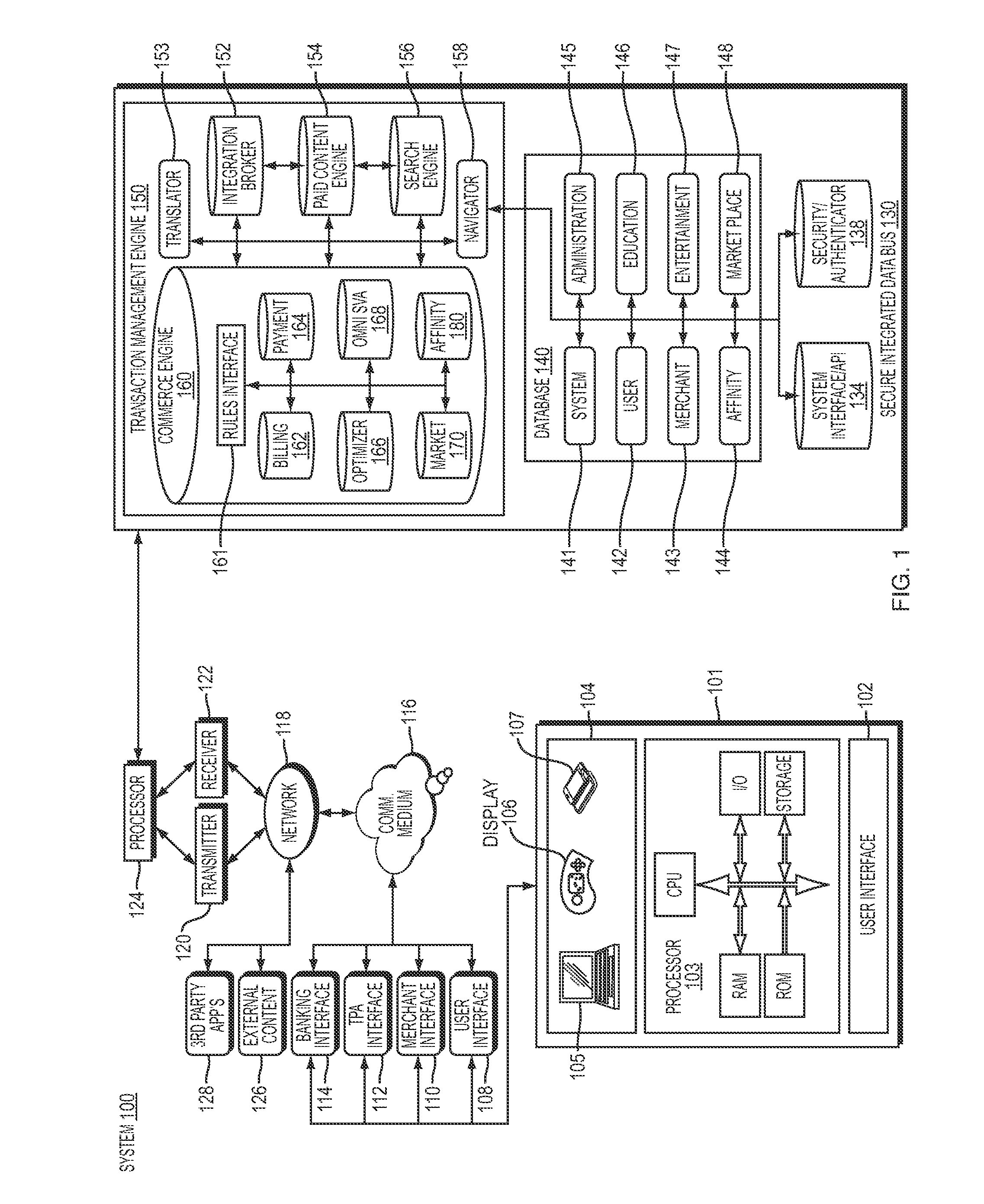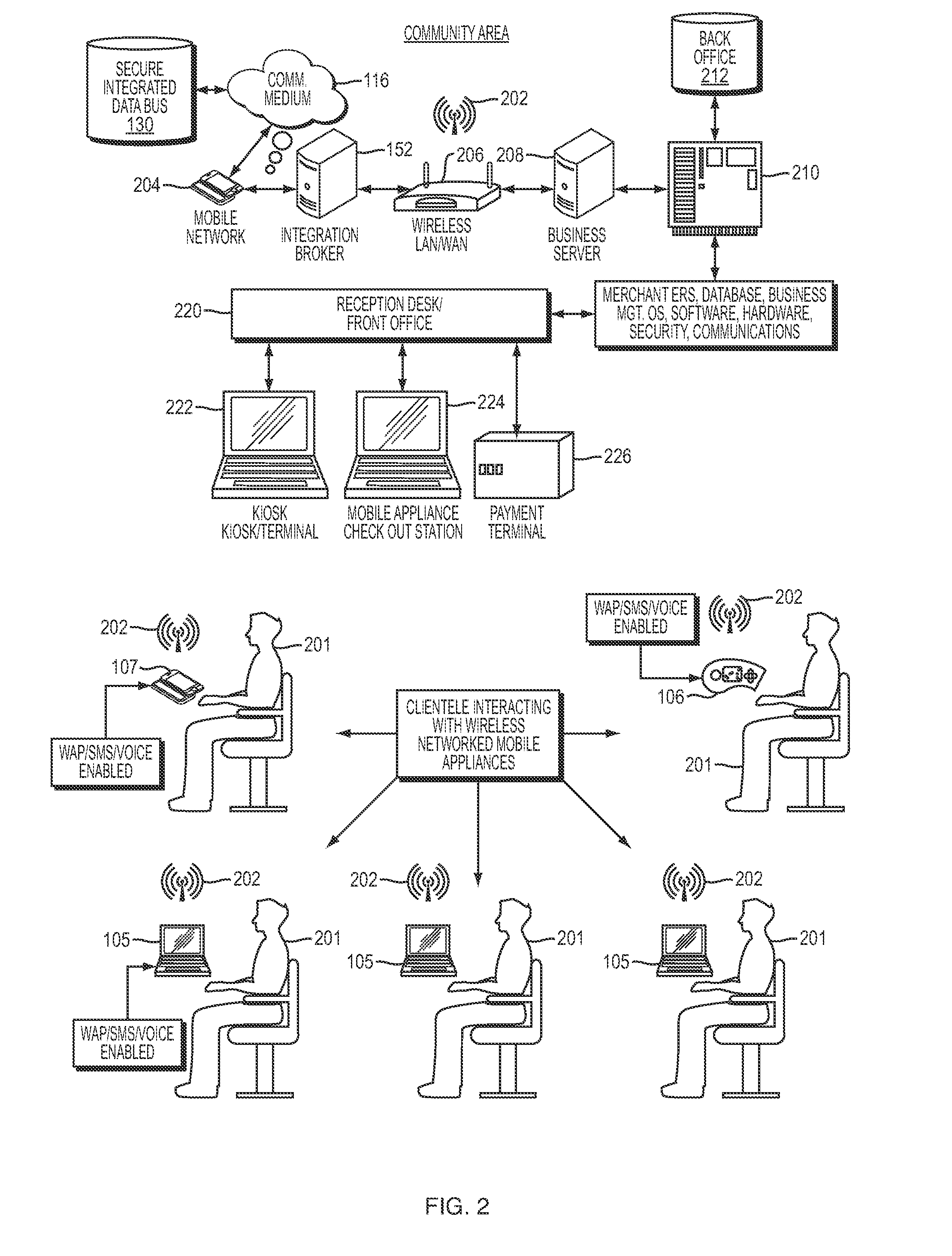Many location-based merchants do not have the hardware,
software or communications infrastructure to match the
purchasing decision-making tools that electronic Internet search and commerce affords clients.
Consequently, the location-based merchant helps facilitate the
client's product discovery but loses the opportunity to
gain the sale if their price is not competitive with Internet-based merchants.
However, these initiatives can be costly to the merchant, compounding the operating costs related to their existing location-based overhead and adversely affecting their profits.
It is widely recognized by those experienced in the art of retail merchandising that location-based merchants have significantly higher overhead costs than Internet-based merchants, affecting the price competitiveness of location-based merchants versus Internet-based merchants.
However, location-based merchant's lack of electronic commerce infrastructure and media based tools preclude them from satisfying a client's satisfaction with their education, knowledge and understanding about a product / service and / or the competitiveness of the merchant's prices, warranties and / or service and other variables related to the
purchasing discovery process.
In these environments the client must remain at the merchant's place of business to acquire the product or service, wherein the client's time spent waiting can become long.
Clients in these circumstances become bored and frustrated, negatively affecting the client's experience.
However, these environments are becoming antiquated.
They no longer satisfactorily provide services or materials that occupy a client's attention, help the client productively manage their time spent waiting, provide the ability for the client to monitor their
waiting time or provide logistical assistance to better enable the client to find their way around a merchant's place of business.
Hospitals, Urgent Care Centers, Clinics, Doctors offices, and Dentists are plagued with increasing patient loads and declining compensation for their services.
Ailing Patients and their loved ones are plagued with increasingly long waits in the company of strangers and in relative
silence.
Currently, electronic medical records systems and related
health information technologies are deficient in providing comprehensive solutions for the “front end” people processes of health care that also address the integration between the “front end” people processes and the “back end” business processes of the health care
delivery system.
Upon a customer's arrival to a provider's facility or the location-based merchant's place of business, these entities lack the resources, systems and methods to electronically profile and process their customer, educate their customer, navigate their customer around their facility, entertain or pacify their customers while waiting, manage their customers time spent waiting or expedite their customer's service.
This can be a daunting task on a large medical campus or medical office complex, which leads to patients becoming lost and inevitably late for their appointment.
This is a redundant, labor-intensive,
time consuming “front office” process that delays the client's / patient's records
processing to the “back office”.
Consequently, the provider bears increased manpower costs and loses
time efficiency performing a task that, if automated, the patient could have completed themselves.
Moreover, as a result, the client / patient bears increased waiting times and a loss in their productivity.
In addition, the medical provider's inability to provide electronic commerce infrastructure and media-based tools wastes its valuable time and manpower resources.
It is also an opportunity lost on the part of the provider and the client / patient relative to the client's / patient's understanding of the problems / issues at hand and possible solutions / remedies available.
Accordingly, there is also opportunity lost to the provider and the client / patient in affording the client / patient better service by providing vehicles that assist the client / patient in finding their way about the provider's facility and / or allowing them a vehicle to monitor the remaining time they must wait for services.
There is also opportunity lost in providing vehicles that entertain and pacify the client / patient while they wait at the provider's place of business.
Last, there is opportunity lost to the provider in not employing applications or vehicles that monetize the client's / patient's time spent waiting for services at their place of business.
In summary, the current problems facing location-based merchants such as health care providers and retail merchants are the lack of comprehensive electronic applications and resources to: securely authenticate and / or admit or process a client upon arrival to their place of business; capture
relevant information specific to the client and their profile; archive a client's information / profile in a secure
database; provide the client applications, vehicles and / or interfaces that allow the client remote
electronic access to the clients records; provide applications, vehicles and / or interfaces that educate the client on
relevant information while the client waits at their place of business; provide applications, vehicles and / or interfaces that assist the client / patient in finding their way about the providers facility and / or allow them a vehicle to monitor the remaining time they must wait for services; provide applications, vehicles and / or interfaces that entertain the client while they wait at the providers place of business; employ interactive applications, vehicles and / or interfaces that monetize the client's time spent waiting for services at their place of business; and provide remote applications, vehicles and / or interfaces that allow the client to electronically interact with the location-based merchant remotely.
Providing the resources, systems and methods that create the comprehensive solution to overcome these problems is oftentimes costly and can become a burden to the operating costs of a location-based merchant.
There are no systems or methods available to location-based merchants that optimize the customer
service experience and that also optimize the efficiency of their operations and generate revenue for the merchant.
Such a comprehensive
system and method is not available.
Other drawbacks exist in known environments, processes and systems.
 Login to View More
Login to View More  Login to View More
Login to View More 


